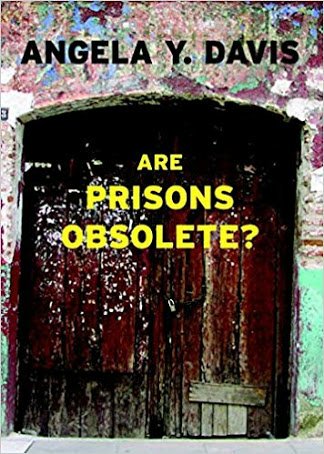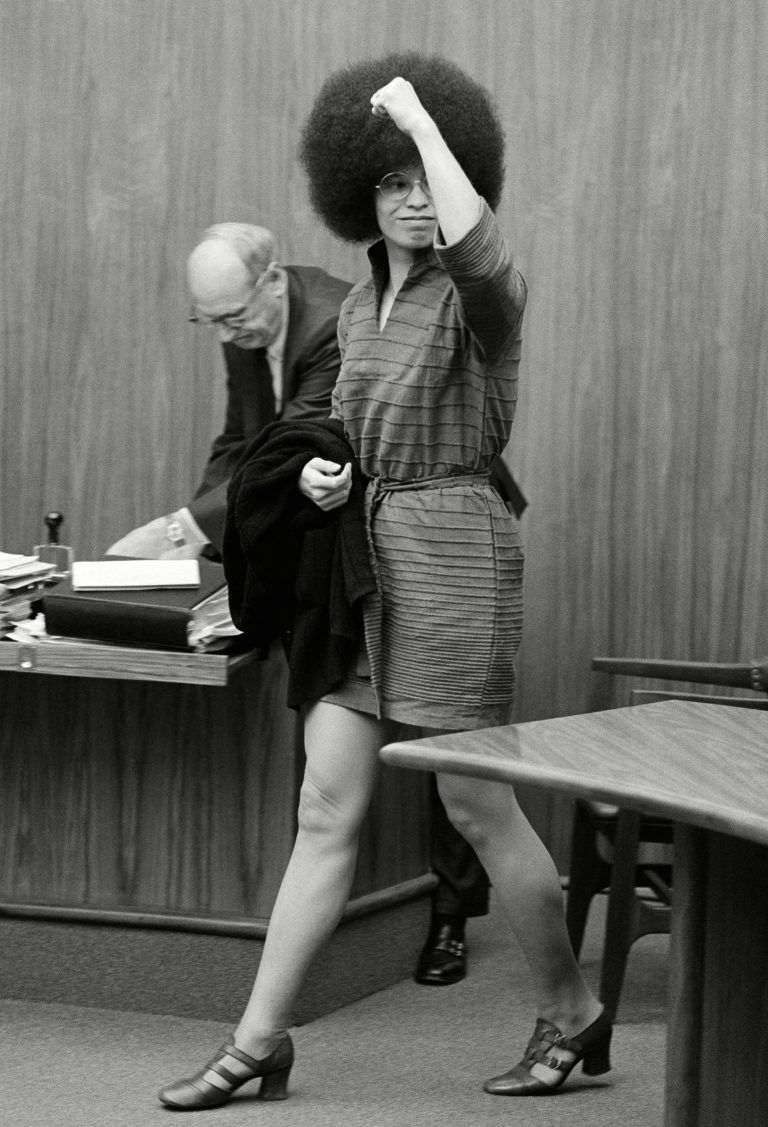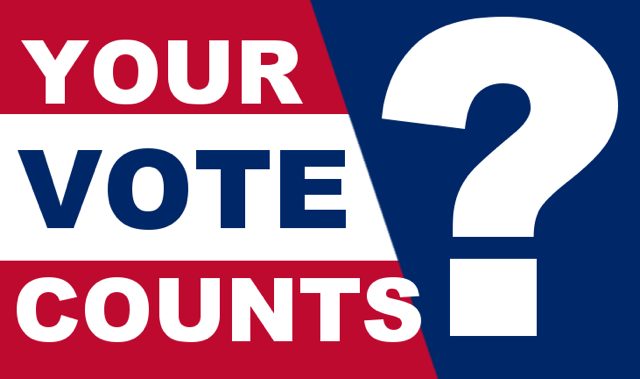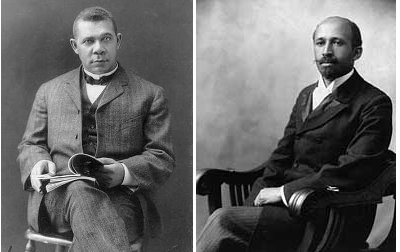While there is still no conclusive evidence pointing to the origins of the COVID-19 pandemic, there is still conspiracy thinking in proponents of the lab leak hypothesis.
Arguments surrounding the origins of the COVID-19 pandemic have surged recently. This comes after a Department of Energy report said, with “low confidence,” that the virus “likely” originated from a laboratory leak. Although the document is classified, meaning the content or evidence cannot be reviewed, the Department does say that the research was not part of a bioweapons project.
The Department of Energy report is now the second Government agency to support the Lab Leak hypothesis, along with the FBI. It is important to note, though, that eight Government agencies were tasked with investigating the origin of the virus as a result of a Biden Administration directive. Of the eight agencies, four still point toward a natural origin which is a zoonotic spillover from animal to human in the Wuhan wet market. Two agencies have not taken a stance on the matter.
Despite this, many proponents of the Lab Leak hypothesis have expressed a sense of vindication in response to this new report. One popular YouTube channel, Breaking Points, released a video titled, “US Government ADMITS Lab Leak COVID Origin,” to argue that the evidence is now too overwhelming in favor of this hypothesis to believe anything else regarding the origins of the pandemic.
In the video, the co-host Saagar Enjeti argues that Dr. Fauci, former Head of the National Institute of Health’s (NIH) Allergy and Infectious Diseases (NAID) division, and the scientific community broadly, covered up evidence that pointed to the lab leak hypothesis. Furthermore, Dr. Fauci illegally “circumvented” Government regulations in 2014 to give EcoHealth Alliance, a global nonprofit that studies human, animal, and environmental health, grant funding to engage in Gain of Function (GOF) research with bat coronaviruses at the Wuhan Institute of Virology in China.
Saagar then says that despite the Obama Administration discontinuing Gain of Function research after the scientific community found it “too risky,” Fauci “reversed” these “guidelines” to give millions in grants to the EcoHealth Alliance to continue the same research in China. Saagar concludes that this research “plausibly” led to the COVID-19 pandemic and that there is “almost no evidence” to support a natural origin at this point.
This argument is riddled with conspiracy thinking, incoherent timelines, and blatant falsehoods. And surprisingly, there was still no evidence presented to support the idea that SARS-CoV-2 leaked from a lab, accidentally or otherwise. Saagar makes sloppy leaps of logic assigning malicious motives to public health officials and conflates all forms of coronavirus research to create the impression that any work done now, in the past, or in the future to understand coronaviruses is a direct contribution to the dangerous pandemic risk that led to the spread of COVID-19.
But let’s examine the claim: Did Dr. Fauci illegally circumvent existing Government regulation to fund Gain of Function research in Wuhan?
Well, to examine this, we need to understand what the Government regulation was, what Gain of Function research is, and how, if true, Fauci circumvented it.
Gain of Function research is “research that improves the ability of a pathogen to cause disease, help define the fundamental nature of human-pathogen interactions, thereby enabling assessment of the pandemic potential of emerging infectious agents, informing public health and preparedness efforts, and furthering medical countermeasure development.” In other words, this research is the deliberate enhancement of the transmissibility of a pathogen, especially in humans, and can increase pandemic potential. Thus, the risks and benefits of Gain of Function research must be weighed carefully.
Indeed, it is true that in 2014 the U.S. Government issued a pause on new funding of GOF to assess the risks and benefits of GOF studies regarding select research on influenza, MERS, and SARS. However, in 2017, the U.S. Government ended the pause in which the Department of Health and Human Services (HHS) developed a framework for funding and oversight for “enhanced potential pandemic pathogens” or enhanced PPPs.
According to the guidance, “An enhanced PPP is defined as a PPP resulting from the enhancement of the transmissibility and/or virulence of a pathogen. Enhanced PPPs do not include naturally occurring pathogens that are circulating in or have been recovered from nature, regardless of their pandemic potential.” The NIH lifted the pause alongside this framework. The director of the NIH at the time, Francis Collins, announced the decision, not Dr. Fauci.
So already we can see the conspiracy thinking and some falsehoods in Saagar’s framing. Saagar claimed that Fauci “reversed” the regulation to allow GOF research in Wuhan. But Fauci did not do this. The U.S. Government, along with the Department of HHS, lifted the pause after providing a framework for GOF research funding with enhanced PPPs. Saagar positions Dr. Fauci as the singular source of the blame with malicious motives. This is typical of conspiracy thinking.
Moreover, this timeline does not make sense. We know the truth now that Fauci did not lift the pause on GOF. But let’s suppose he did. Why would he choose to illegally ignore existing regulations in 2014 to fund GOF in China three years prior to the lift of the ban. If Fauci had the desire and decision-making power to fund this research, why would he not just reverse the pause immediately in 2014 to continue the funding legally?
The truth is that whether EcoHealth Alliance used the funding for GOF is debated by the scientific community and all depends on how one defines ‘Gain of Function’ and how one assesses “reasonable” judgment as far as research potential to enhance transmissibility. Many experts believe, such as molecular biologist Alina Chan, that the research did not meet the definition outlined by the Department of HHS as the researchers in Wuhan were studying “naturally occurring SARS viruses” which fell outside the definition of enhanced PPPs requiring further review.
But an important point is that even this debate surrounding classifications of GOF studies does not get us closer to proving the claim that SARS-CoV-2 in particular originated from a lab. In other words, even if it happens to be true that the NIH funded GOF in Wuhan, this does not automatically connect that specific research to SARS-CoV-2. Saagar is invoking skepticism of public health institutions to ignite an emotion that the lab leak hypothesis is true without actual evidence.
Another example of this is the supposed evidence Saagar provides for how Fauci circumvented this pause on GOF. Saagar cites a New York Times report highlighting the NIH making “significant errors in its oversight” of funds to EcoHealth Alliance over the course of years. The report comes from the HHS Department’s Inspector General. Interestingly, if we read past the headline, we find that not only does this report fail to prove the lab leak hypothesis, but that the journalists who reported on this make the explicit point that the Inspector General did not address whether EcoHealth’s experiments were risky or even classified as GOF research.
Crucially, too, the reporters in the same Times article note that “there is no evidence linking the Wuhan laboratory or its work with EcoHealth to the start of the pandemic. Federal health officials have shown that viruses in EcoHealth’s experiments were not closely related to the one behind the pandemic, and researchers have identified several naturally occurring bat viruses that are much more similar to the one that has killed millions of people globally.”
In an attempt to prove a lab leak claim, Saagar cites a New York Times article that not only fails to provide evidence for it but actually undermines it if the article is read in full. Again, the idea here is to evoke the proper emotion in the audience that these institutions should not be trusted whatsoever since they allegedly covered up information that hurt us.
The evidence provided for the lab leak theory is virtually nonexistent. It is also not possible to evaluate the evidence offered by the Department of Energy right now. But also remember, Saagar claimed that there is “almost no evidence” to support the natural origin hypothesis. I think it is only fair that we examine how the evidence stacks up with the alternate hypothesis.
Well, there is significant evidence to support the natural origin theory. For instance, a 2022 peer-reviewed study in the Journal Nature Science found that “all of the circumstantial evidence so far points to more than one zoonotic event occurring in the Huanan market in Wuhan, China, likely during November–December 2019.”
Additionally, two of the study’s authors published an opinion piece that highlighted the key details. When they “extracted the geographical from the earliest known cases from December 2019, and plotted them on a map of Wuhan, [the cases] clearly formed a clear cluster with the market at the dead centre. This was true regardless of whether an early case had a known link to the market or note at all. This is precisely the pattern that would be expected around the site where community transmission was initially established.”
Furthermore, during the onset of the pandemic, the researchers found two distinct genetic variants (lineage A and B) that spread across the human population. Both were linked to the wet market geographically. In order for a lab leak to have been the cause, two different individuals, in a time span of a week, would need to have gone from the lab to the market with each individual infected with one of the two different variants. This is highly unlikely, especially when compared to the much simpler explanation of zoonotic spillover according to the authors of the study.
The natural origin hypothesis is also supported by the fact that zoonotic spillover is quite common, even in areas far away from a Virology lab. For example, SARS-CoV-1 emerged in 2001 in China as a result of human-wildlife interaction and the sale of live animals at wet markets. This conclusion is further supported by the fact that NIH-funded research at the Wuhan Insitute of Virology studied viruses that “were so far distant from an evolutionary standpoint from SARS-CoV-2 that they could not have possibly been the source of SARS-CoV-2 or the COVID-19 pandemic.”
The evidence supporting a natural origin is overwhelming, although, it should be noted that there is still no conclusive evidence either way. To be fair, COVID-19 could still be the result of a lab leak. However, it is interesting that the same cynicism, skepticism, and vitriol Saagar has for Dr. Fauci, the NIH, and the Wuhan lab does not seem to extend to other government agencies when they confirm his biases. There is an important irony at play here. David Pakman, Host of The David Pakman Show, makes an insightful point:
Indeed, the irony of Saagar making claims that the mainstream media simply “fell in line” with the natural origin hypothesis as he falls completely in line with one government report that cannot even be reviewed. It is a damning indictment of anti-establishment politics. This shows how the attempt to challenge the unaccountable powerful institutions can foment conspiracy thinking with social motivations. In other words, Saagar positions an in-group and an out-group.
The in-group is what he perceives to be the anti-establishment populist who is skeptical of power. The out-group is what he perceives as the unaccountable “elites.” In this instance, “power” represents the dominant explanation of the origin of the COVID-19 pandemic. So it becomes irrelevant whether the alternate lab leak hypothesis comes from another government agency we would expect Saagar to be skeptical of as a representative of the “elite.” Rather, it only matters if the in-group cognitive biases are reinforced regardless of where it comes from.
The out-group represents anybody that does not support his biases with respect to the origin of the virus. For instance, it can’t be that the lab leak theory was not promoted because the evidence did not support the hypothesis. Instead, it has to be that proponents of the theory are being “suppressed” by the out-group, which includes the mainstream media, the researchers, and public health agencies. This feeling of distrust toward public health institutions impugns the motives of these public health officials. It can’t be that virologists, evolutionary biologists, and public health officials are convinced by the natural origin evidence and are defensive against an effort to cut funding for infectious disease research because they genuinely believe this will harm our ability to protect public health. It has to be that they are merely covering up the truth to protect their future research funding and avoid liability. This is behavior that is perhaps worse than the pandemic itself, which is an abandonment of scientific reasoning for conspiracy.
While there is still no conclusive evidence pointing to the origins of the COVID-19 pandemic, there is still conspiracy thinking in proponents of the lab leak hypothesis. It is incredibly important to discover the origins so that corrective actions can be taken to avoid another pandemic and protect public health. Regardless of the origin of the COVID-19 pandemic, sowing distrust in institutions based on an in-group bias without evidence will do nothing to help. It will only degrade future public health efforts and diminish critical thinking under the guise of anti-establishment politics.













